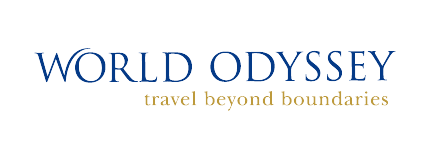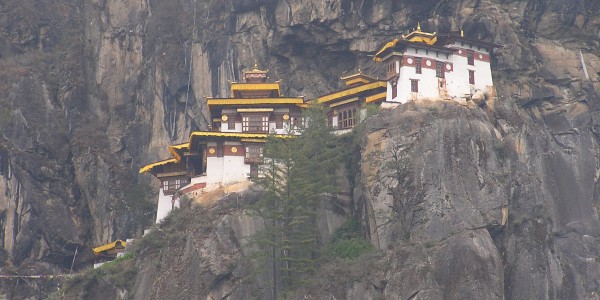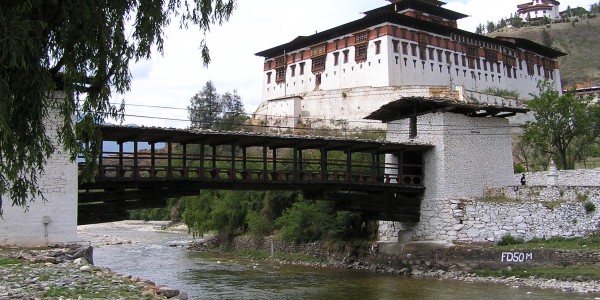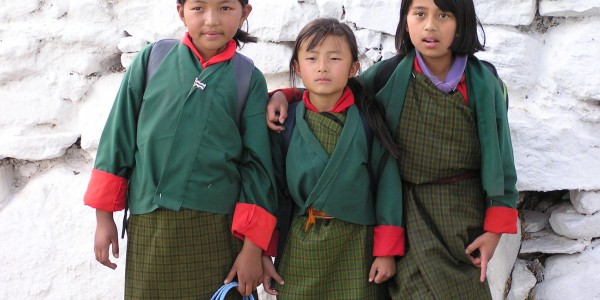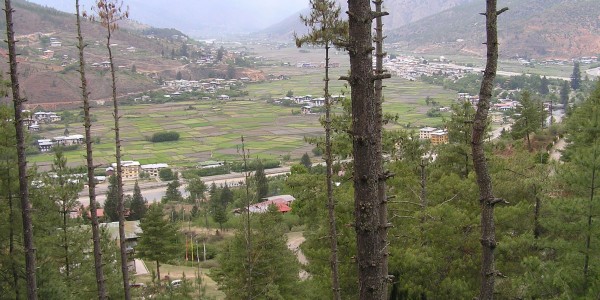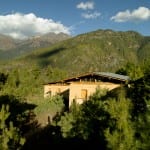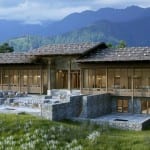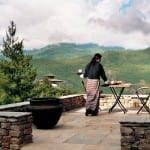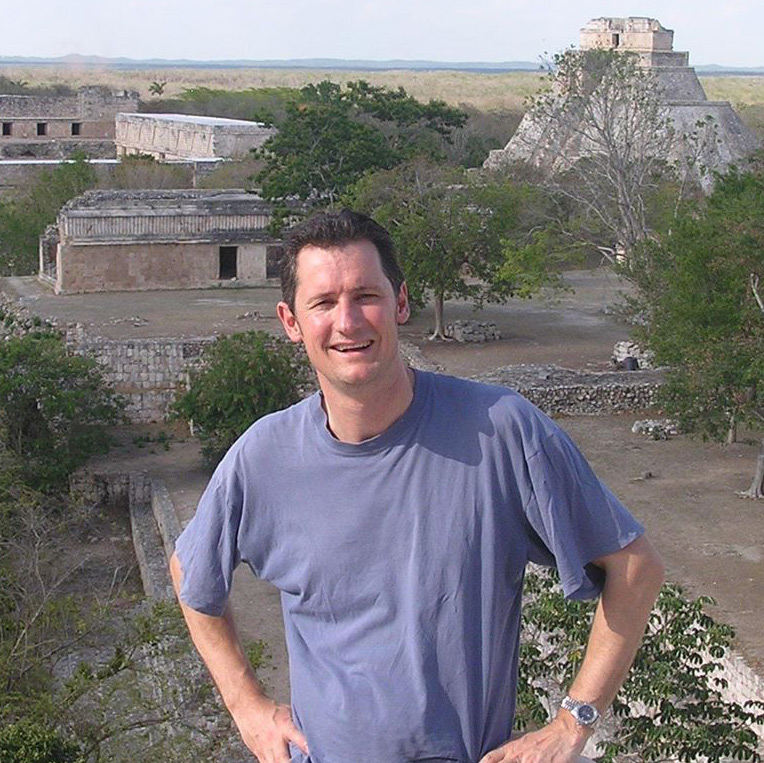The beautiful Paro Valley encapsulates a rich culture, scenic beauty and hundreds of myths and legends. It is home to many of Bhutan’s oldest temples and monasteries, the country’s main airport and the National Museum. Mt. Chomolhari (7,300m) reigns in white glory at the northern end of the valley, its glacial waters plunging through deep gorges to form the Pa Chu (Paro River). The Paro Valley is one of the kingdom’s most fertile, lined with lush terraced fields that produce everything from apples to asparagus and the bulk of Bhutan’s famous red rice.
Paro
Why visit Paro ?
- Hike up to the stunning mountainside Tiger’s Nest Monastery
- Wander around Paro town for a bit of slow-paced window shopping
- Visit the ‘Fortress of the heap of jewels’ – Paro’s main dzong
- Spend time with a local family in their traditional farmhouse
- Explore the fascinating and varied collections in the National Museum
Taktshang Goemba (Tiger’s Nest), the most famous of Bhutan’s monasteries, perched high up above the Paro Valley on the side of a sheer cliff, is reached by a trail through the forest starting just outside Paro. It is a steep climb, starting through pine forest, but as you reach the treeline the views open up as far as the eye can see. The final part of the trek takes one up and down hundreds of steps, but reaching the monastery brings a sense of real achievement as this has to be one of the most spectacular monasteries in the world.
Paro Dzong (Rinpung Dzong), also known as ‘The fortress of the heap of jewels’ was built in 1646 by Shabdrung Ngawang Namgyal on a hill above the town. The approach to the dzong is through a traditional covered wooden bridge (called the Nemi Zam) and then up a paved stone path running alongside the imposing outer walls. Overlooking the river and visible throughout the valley, this is one of the most impressive dzongs from the outside and equally fascinating on the inside.
On a ridge immediately above Rinpung Dzong is Ta Dzong, built as a watchtower to protect the dzong below. (“Ta” means “to see” in Dzongkha, so the watchtower of a dzong is always called a “Ta dzong”). In 1968 Paro’s Ta Dzong was inaugurated as the National Museum, and now holds a fascinating collection of art, relics, religious thangkha paintings, Bhutan’s exquisite postage stamps, coins and handicrafts, together with a small natural history collection.
The natural beauty of Paro valley is enhanced by the traditional architecture and colourful decoration of the many farm houses dotted about the fields and on the hillsides. The two to three-storied Bhutanese farm houses are handsome in appearance, with colourfully decorated outer walls and lintels and are traditionally built without the use of a single nail. All houses follow the same architectural style and a visit to a farm house gives an interesting glimpse into the lifestyle of a farming family.
LOCATION
BHUTAN KEY INFO
Visa
A Visa is required for UK passport holders.
Health Requirements
No mandatory vaccinations are required.
Time Difference
GMT + 6 Hours
Flight Time
11 hours with one stop
NEWSLETTER SIGNUP
Keep up-to-date with the latest travel trends, inspiration for future trips and competitions to win luxury travel vouchers.
Subscribe
